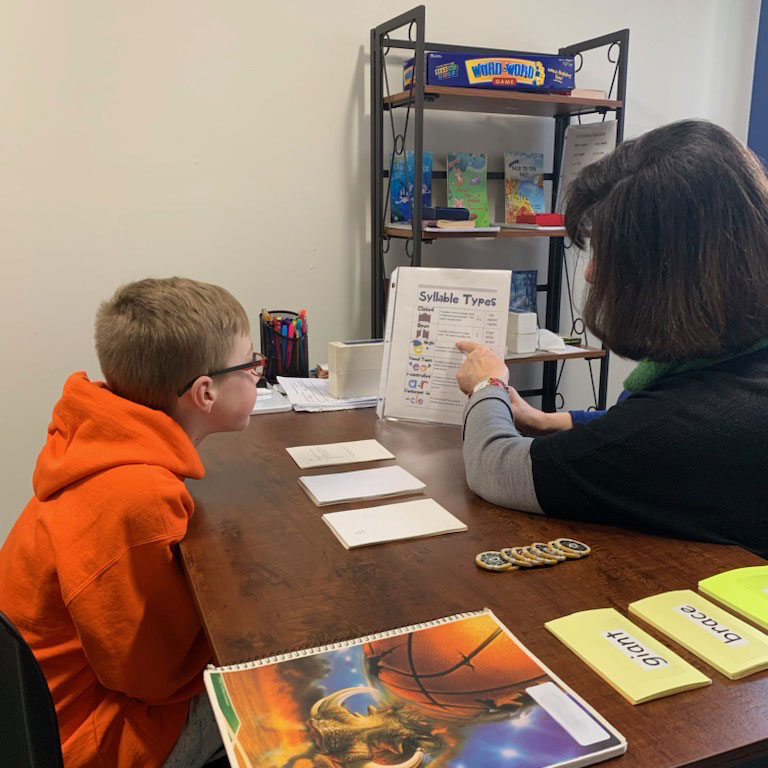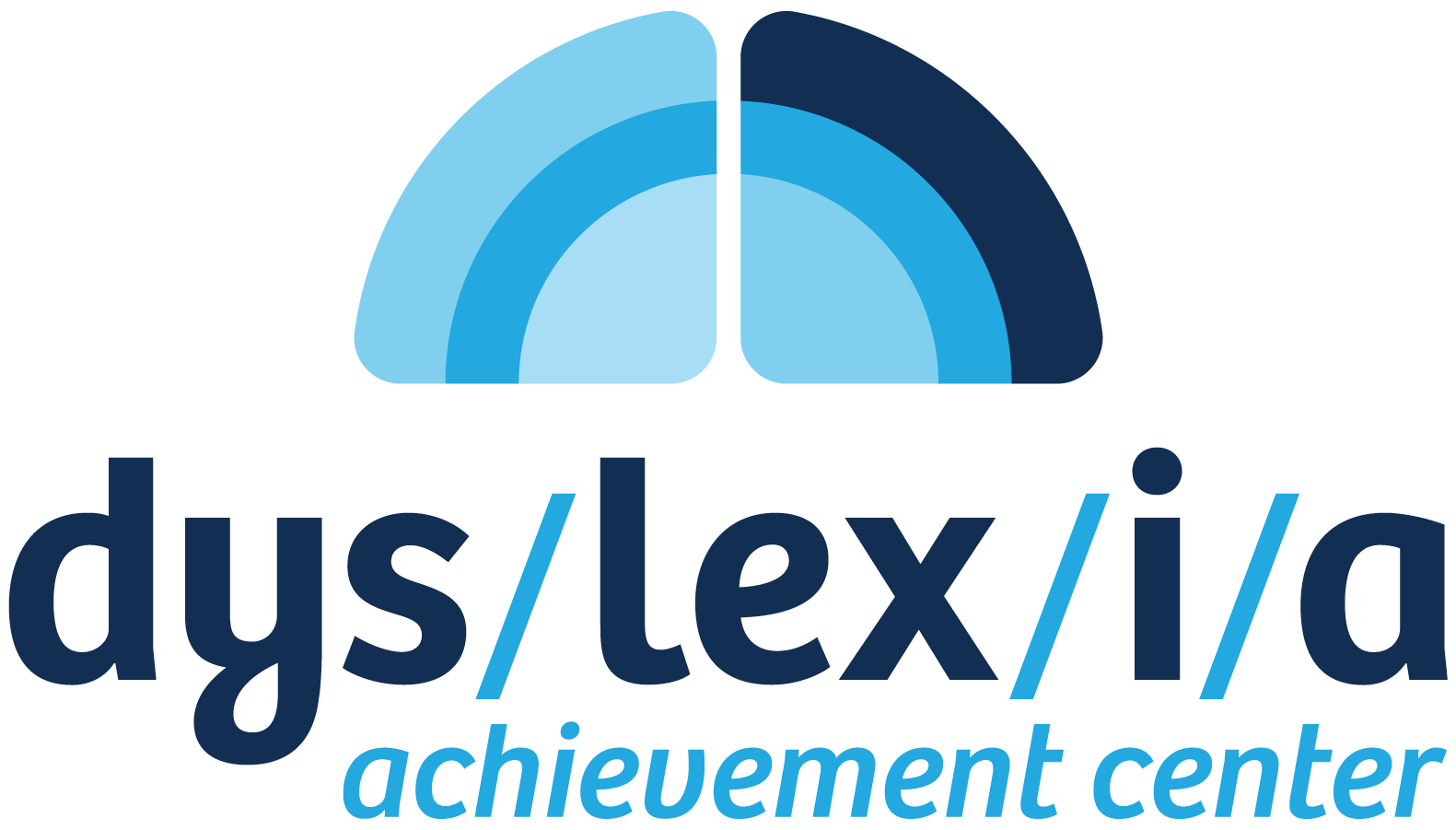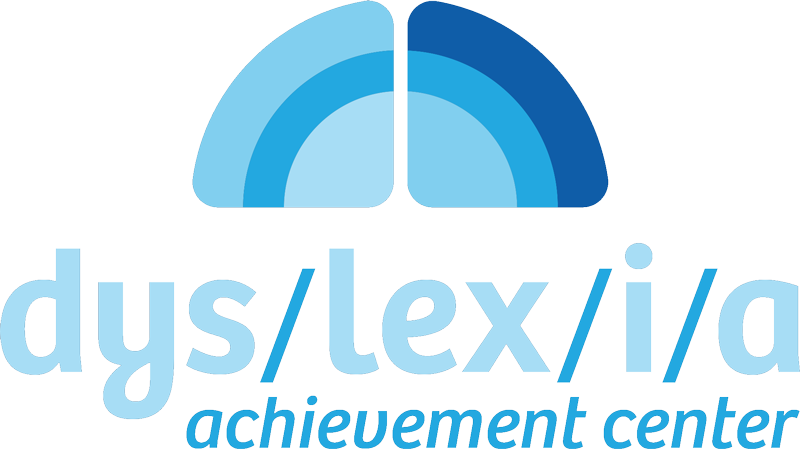Our Approach

The Orton-Gillingham Approach
Science of Reading/Structured Literacy
This is a research-based method which is highly effective in remediating dyslexia and related reading disorders. It is mainly for those who struggle with reading, writing, spelling, and even math. This approach is most effective when students and teachers are one-on-one, or in small groups with others at similar skill levels because it focuses on the needs of each individual.
Language-based
Understanding the human language and language patterns is vital to this approach. Knowing how language skills develop as children grow is essential to understanding where each individual student is in their own understanding of the language.
Multisensory
As the word implies, this aspect of the approach involves seeing, hearing, listening, and even touch in certain learning exercises. The student may say a letter, write the letter down, and trace it with his or her finger in the air, or through a substance such as sand to integrate touch. This facet of the approach is thought to create many retrieval cues for memory.
Structured
Our instructors introduce material in a systematic and logical way, specific to each student. The new material is supported by material that has already been learned and demonstrated by the student. It begins by students learning letters by their sounds and what they look like, then slowly introducing blending the sounds into syllables and words, and how all the elements of language work together to create these sounds and words.
Cognitive
We want students to understand why they are being taught in specific ways and what they are learning. They learn the rules that command the English language and how to utilize these rules in a way that makes sense and is helpful in effectively learning how to read and write.
Personalized
Everyone is different, and therefore, everyone learns things differently. Those with dyslexia have varying needs in their understanding of language. Each dyslexia interventionist tailors each session to the student based on their needs. Feedback and positive reinforcement from our dyslexia interventionists help our students want to learn and enjoy what they are learning so they can practice it in their everyday lives, eventually turning these skills into automatic responses.
Positive self-esteem is one of the outcomes of this approach. As students gain confidence in learning, they become more confident in themselves and their abilities.


